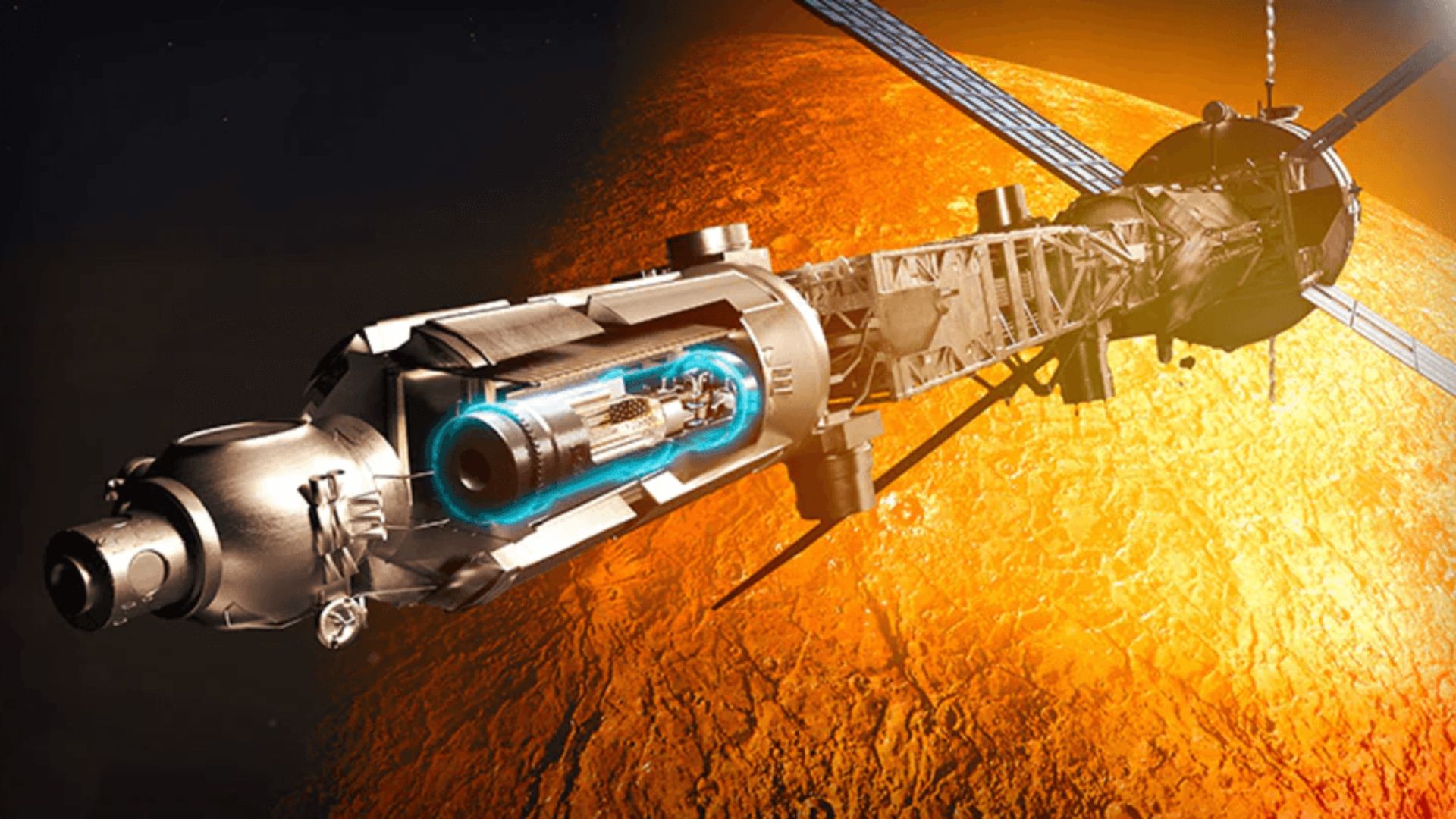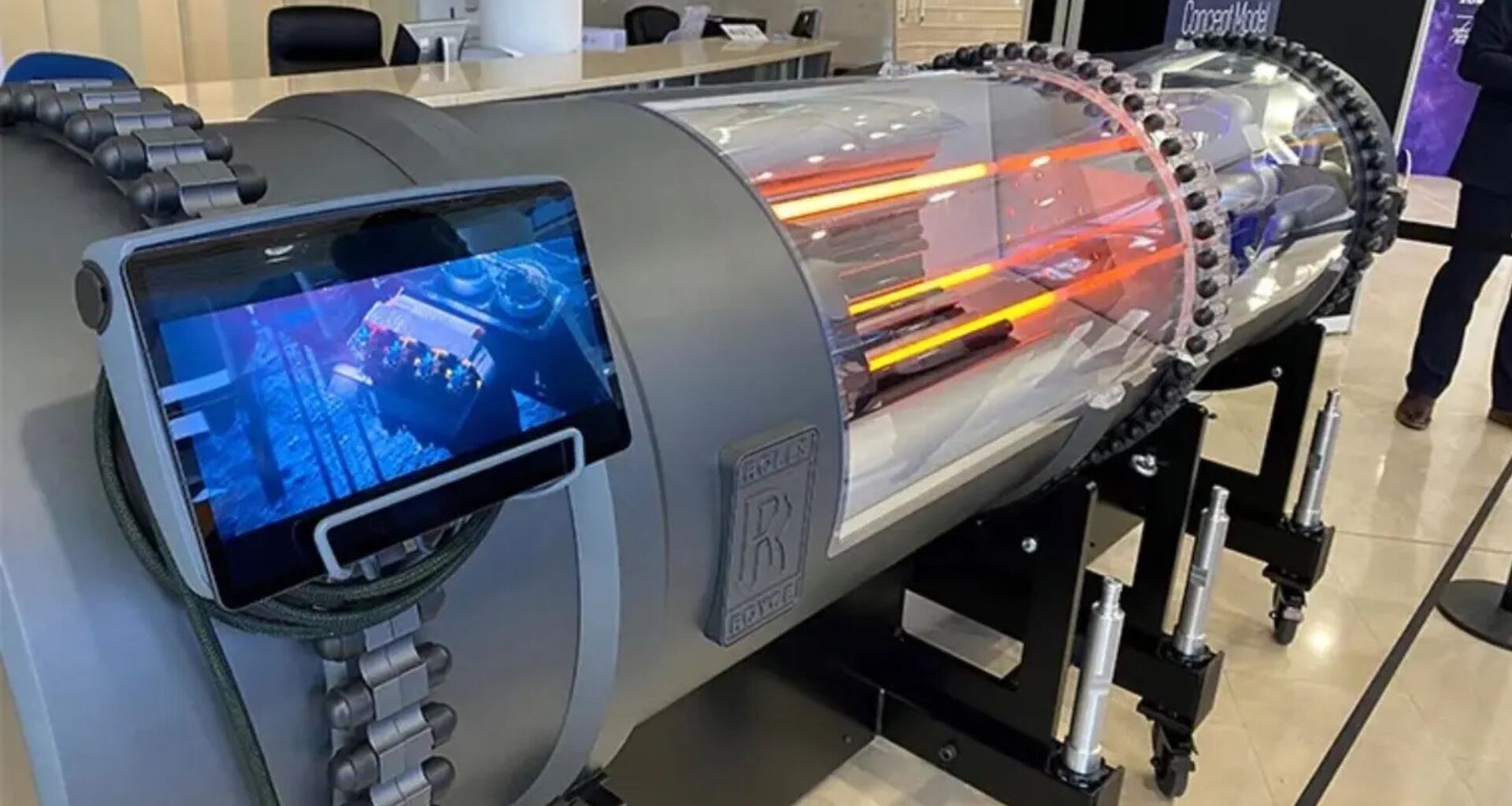United Kingdom-based Rolls-Royce is looking for partners to put its nuclear microreactor on the moon.
The company plans to send its nuclear micro-reactor to the lunar surface by the early 2030s, as revealed by Rolls-Royce Assistant Chief Engineer for Space Katie Jarman.
According to a report by Bloomberg, the company is already holding talks with various partners – in Europe and also the United States – to make their dream a reality.
The nuclear micro-reactor is meant to be an energy source for the planned lunar bases. Up there, they are going to support humans and the machinery that needs energy to function. Moreover, it can also act as a propulsion system for further space exploration missions.
Jarman says that going forward the company is looking at its existing partners and also new entrants to fulfill the goal.
Rolls-Royce nuclear micro-reactor
A micro-reactor differs from a small modular reactor (SMR) in terms of size and output. A micro-reactor can provide 1-10 megawatts of power, whereas an SMR can have an energy output of anywhere up to 0.5 gigawatts. It is also quite easy to redeploy a nuclear micro-reactor and move it around from one site to another.
Rolls-Royce says that its nuclear micro-reactor has a high power density – which means it can provide energy and heat for mechanical systems.
One another advantage of a nuclear micro-reactor is that it is easily transportable – even into space – which means it can be deployed at various locations.
Moreover, it also uses a safer fuel type, in which “each particle of uranium is surrounded by multiple protective layers, allowing it to withstand even the most extreme conditions.”
 Artist’s impression of the Rolls-Royce Micro-Reactor for space. Rolls-Royce
Artist’s impression of the Rolls-Royce Micro-Reactor for space. Rolls-Royce
Rolls-Royce believes that apart from space, the nuclear micro-reactor can also be used to meet the energy needs of the military, for providing energy to civilians in remote locations, and also for industrial needs.
Nuclear technology can help the industry, civilians, and defense move on to a cleaner, net-zero carbon source of energy.
Funding boost in the past and concept model unveiled
Earlier in July 2024, Rolls-Royce had secured funding from the United Kingdom Space Agency under the National Space Innovation Program (NSIP) for more support to the development of its space nuclear power technology.
The Rolls-Royce NSIP program aimed to bring the reactor closer to a full system space flight demonstration.
The company says it will develop the whole system design, underlying capabilities and key technologies in collaboration with academic partners from the University of Oxford and Bangor University.
The unavailability of sunlight on the south side of moon poses a problem for researchers and other expeditions.
This is where the nuclear-powered reactor can come in handy, and it could also lay the groundwork for powering continuous human presence on the Moon.
The tiny reactor, which is claimed to be 3.3 feet (40 inches) in width and 10 feet (120 inches) in length, is not yet able to generate any electricity. If all goes as planned, it will take years and several million dollars to prepare the reactor for its first space flight.
The company had earlier unveiled a concept model of the nuclear micro-reactor for space at a UK Space Conference in Belfast in 2023.
According to the Bloomberg report, the company official stated that they are looking at partners in both the US and UK to place the nuclear micro-reactor on the moon as early as possible. Rolls-Royce wants a partner that can place, operate, and utilize the nuclear micro-reactor on the lunar surface.
